Small gardens sometimes require smaller versions of our favorite flowers. Here are some of our favorite short flowers for your petite garden.
10 Short Flowers That Won’t Crowd Small Gardens
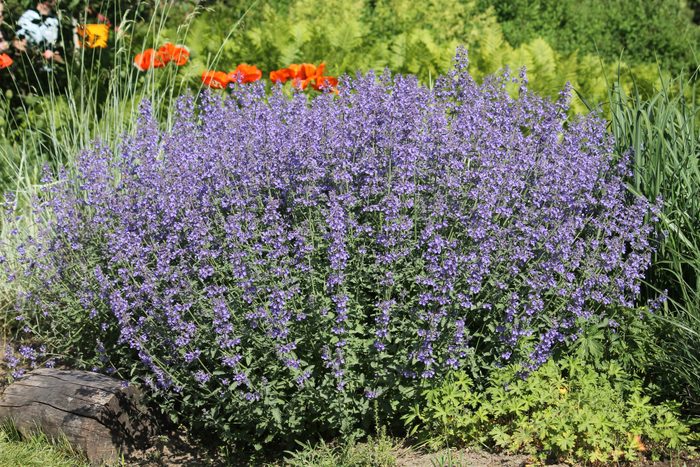
“Junior Walker” Catmint
“Junior Walker” Catmint (Nepeta sp.) is an excellent choice if you want a catmint shorter than “Walker’s Low” Catmint or other common varieties. It top outs at 12 to 18 inches instead of two to three feet. Hardy in U.S. Department of Agriculture Hardiness Zones 5 through 9, it features blue-green foliage and lavender-blue flowers. It does best in full sun and well-drained soil. Once established, it will tolerate dry conditions. As a bonus, the short flowers attract pollinators.
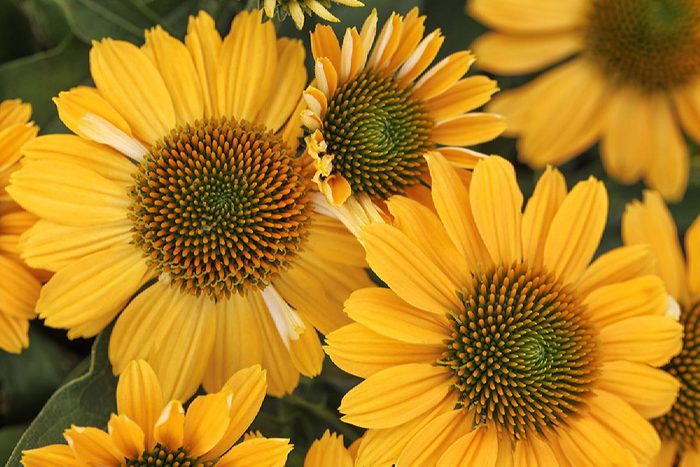
“Tweety” Coneflower
With a name like “Tweety,” you can probably guess this coneflower (Echinacea sp.) is smaller than most and features yellow flowers. It tops out at eight inches tall, well below more common varieties. Hardy in USDA Zones 4 through 9, it grows best in full sun and well-drained soil. Even in a smaller garden with smaller plants, “Tweety” is short enough to plant in the front where it can’t be missed.
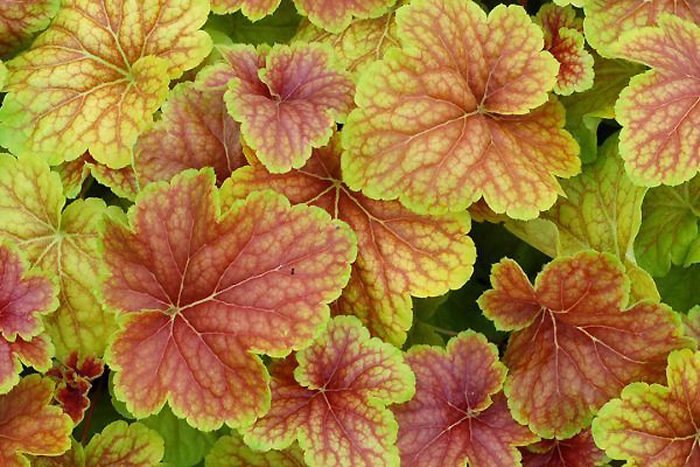
Coral Bells “Delta Dawn”
If you have a small shaded garden, a coral bell (Heuchera sp.) like ‘Delta Dawn’ will add color without taking up much space.”Delta Dawn” generally grows about 12 inches wide and 12 inches tall, with airy flower spikes that can be used as cut flowers or left for pollinators to enjoy. This perennial, hardy in Zones 4 through 9, does best in part-shade to shade with well-drained soil that doesn’t dry out completely.

“Purple Dome” Dwarf New England Aster
Many asters can grow four or five feet tall and quickly overcrowd a small garden. But other varieties, like “Purple Dome,” only grow up to two feet tall. With “Purple Dome,” you can enjoy late summer and early fall flowers that will cover these shorter plants. When in bloom, asters — hardy in Zones 4 through 8 — attract all kinds of pollinators, including butterflies.

Bee Balm “Petite Delight”
Bee Balm “Petite Delight” (Monarda sp.) is another colorful option. Instead of three to four feet tall, this only grows to 15 inches tall and wide. But it still offers those classic messy-looking (in a good way!) bee balm flowers. It does best in full sun in Zones 3 through 9, but will tolerate afternoon shade. Keep your bee balm from drying out and, with some deadheading, it will bloom for most of the summer, attracting hummingbirds and butterflies.
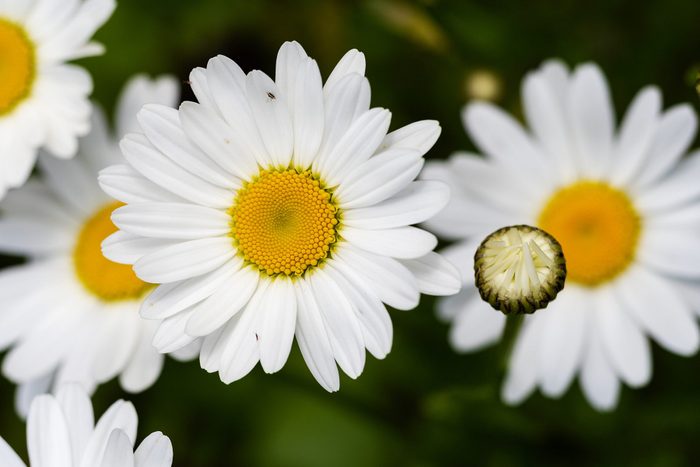
“Snow Lady” Daisy
Growing just one foot tall, “Snow Lady,” a Shasta-type daisy (Leucanthemum sp.), won’t overwhelm a small garden the way other Shasta daisies can. Hardy in Zones 4 through 9, this grows best in full sun and well-drained soil. Once established, it can even tolerate some periods of drought. After it finishes blooming the first time, deadhead it. You’ll get some repeat blooms to enjoy in the garden or as cut flowers.
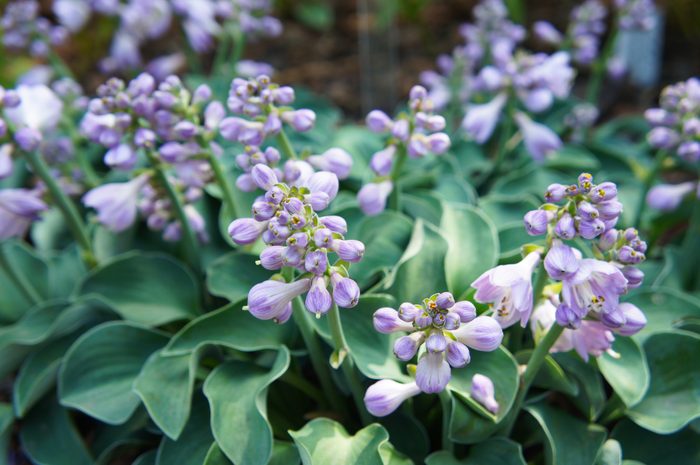
“Blue Mouse Ears” Hosta
Many types of hostas grow far too big for smaller gardens. So where smaller is better, try “Blue Mouse Ears” hosta, which only grows about six inches tall. It spreads out to form a nice foot-wide clump with lavender flowers. Hardy in Zones 3 through 8, this grows best in shade or part-shade and well-drained soil. The foliage dies back in the fall and should be cleared off before winter.

Gaillardia “Goblin”
Gaillardia, commonly called blanket flowers, are generally not big, so they fit nicely in smaller gardens. You can purchase plants or buy seeds for varieties like “Goblin,” which have red flowers tipped with yellow. All blanket flowers are hardy in Zones 3 through 9 and do best in full sun with well-drained soil. They’ll grow just 12 to 15 inches tall, providing a bright spot of interesting flowers.
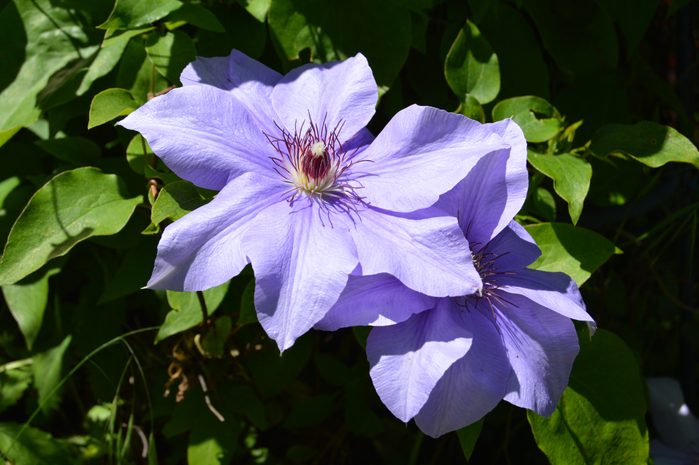
Clematis “Boulevard Bernadine”
A big clematis vine towering up a trellis in a large garden can be an amazing feature. To get that same look in a smaller garden, try a Clematis like “Boulevard Bernadine,” which only grows to four feet tall. Featuring light lilac-colored flowers, its short vines will need support to cling to. Like most clematis, it likes full sun for the vines and part-shade for the roots. Because it blooms on new growth, prune it back in early spring. It’s hardy in Zones 4 through 10.
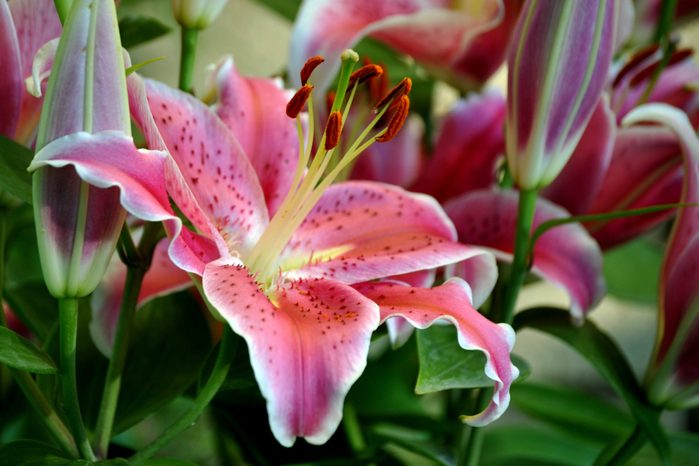
“After Eight” Oriental Lily
Many types of lilies are “back of the border” plants that can be five or six feet tall, which could overwhelm a smaller garden. Fortunately, many types of Oriental lilies, including “After Eight,” grow to only 18 inches or so, making them a great choice. Hardy in Zones 4 through 8, these prefer full sun and well-drained soil. The pink flowers tipped with white are also fragrant.
FAQs
How do I know which short perennials will do well in my yard?
“First, check your hardiness zone; it’s not exciting, but it saves you a lot of heartbreak,” says plant expert Melissa Rolston. “Then pay attention to sunlight and soil type. And honestly? Talk to someone at your local garden center. They usually know what survives in your local area better than Google does.”
What are the most affordable short perennials?
“Phlox, coreopsis, and Shasta daisies are all great. You’ll find them cheap, and they spread like gossip if they’re happy. That means next year’s garden fills in without extra spending,” says Rolston.
About the Expert
- Melissa Rolston is the Chief Strategy Officer at Paramount Landscaping Inc., an award-winning landscape company based in Canada. They offer lawn care, tree trimming, and garden installation where their experts help enhance outdoor spaces with vibrant color and lush greenery.



















